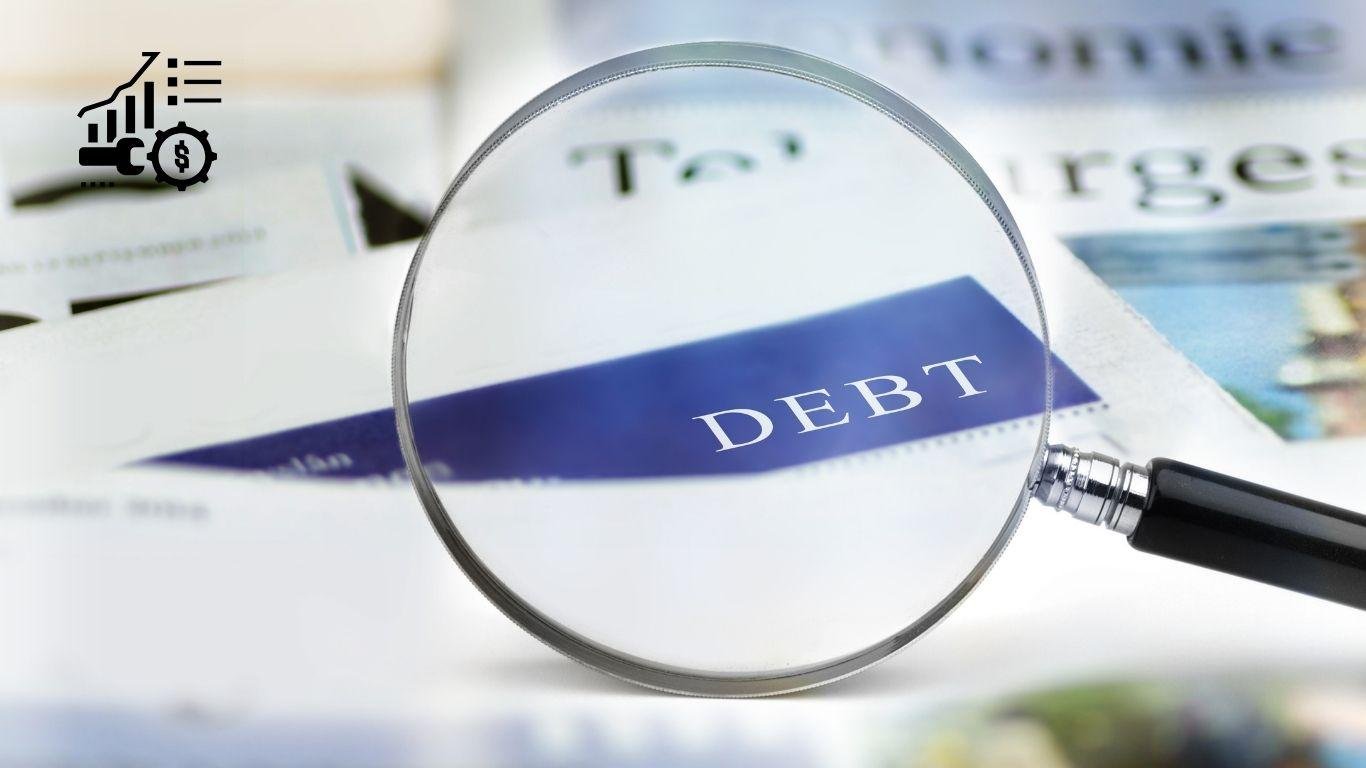Debt can be a significant burden, affecting not only your financial health but also your overall well-being. Whether it’s credit card debt, student loans, or personal loans, eliminating debt is a crucial step toward achieving financial stability. This guide offers practical strategies to help you understand, manage, and ultimately eliminate your debt.
Understanding Your Debt
Before you can effectively tackle your debt, it’s essential to have a clear understanding of your financial obligations.
Table of Contents

Debt Elimination Strategies
1. List All Your Debts
Start by creating a comprehensive list of all your debts, including:
- Creditor Name: Who do you owe?
- Total Amount Owed: What’s the outstanding balance?
- Interest Rate: How much interest are you being charged?
- Minimum Monthly Payment: What’s the least you can pay each month?
- Due Dates: When are payments due?
This overview will help you prioritize and strategize your repayment plan.
2. Calculate Your Debt-to-Income Ratio
Your debt-to-income (DTI) ratio is a key indicator of your financial health. It’s calculated by dividing your total monthly debt payments by your gross monthly income. A DTI below 36% is generally considered healthy.
Creating a Budget
A well-structured budget is the foundation of any debt elimination plan.
1. Track Your Income and Expenses
Document all sources of income and categorize your expenses:
- Fixed Expenses: Rent, utilities, insurance
- Variable Expenses: Groceries, entertainment, dining out
Use budgeting tools or apps to monitor your spending habits.
2. Identify Areas to Cut Back
Analyze your expenses to identify non-essential spending. Redirect these funds toward debt repayment.
Choosing a Debt Repayment Strategy
Selecting the right repayment strategy depends on your financial situation and personal preferences.
1. Debt Snowball Method
Focus on paying off the smallest debt first while making minimum payments on others. Once the smallest debt is cleared, move to the next smallest. This method provides quick wins and motivation.
2. Debt Avalanche Method
Prioritize debts with the highest interest rates, paying them off first to minimize the total interest paid over time.
3. Debt Consolidation
Combine multiple debts into a single loan with a lower interest rate. This simplifies payments and can reduce the overall interest burden.
4. Balance Transfer
Transfer high-interest credit card balances to a card with a lower interest rate, often with an introductory 0% APR period. Be mindful of transfer fees and the duration of the promotional rate.
Increasing Your Income
Boosting your income can accelerate debt repayment.
1. Side Hustles
Consider freelance work, part-time jobs, or gig economy opportunities to supplement your income.
2. Sell Unused Items
Declutter and sell items you no longer need through online marketplaces.
3. Request a Raise
If feasible, discuss a salary increase with your employer based on your performance and contributions.
Managing and Reducing Expenses
Cutting unnecessary expenses frees up funds for debt repayment.
1. Negotiate Bills
Contact service providers to negotiate lower rates for utilities, insurance, or subscriptions.
2. Cook at Home
Reduce dining out and prepare meals at home to save money.
3. Cancel Unused Subscriptions
Review and cancel subscriptions or memberships you no longer use.
Building an Emergency Fund
An emergency fund prevents the accumulation of new debt due to unforeseen expenses.
1. Start Small
Aim to save at least $1,000 as a starter emergency fund.
2. Gradually Increase
Work toward saving 3–6 months’ worth of living expenses to cover potential emergencies.

Seeking Professional Help
If managing debt becomes overwhelming, consider professional assistance.
1. Credit Counseling
Non-profit credit counseling agencies can help you create a debt management plan and negotiate with creditors.
2. Debt Settlement
Negotiate with creditors to settle debts for less than the full amount owed. Be aware that this can impact your credit score.
3. Bankruptcy
As a last resort, bankruptcy can provide relief from unmanageable debt but has long-term financial consequences.
Staying Motivated
Maintaining motivation is key to successfully eliminating debt.
1. Set Clear Goals
Define specific, achievable financial goals and track your progress.
2. Celebrate Milestones
Acknowledge and reward yourself for reaching debt repayment milestones.
3. Visual Reminders
Use visual aids like charts or graphs to monitor your debt reduction journey.
Conclusion
Eliminating debt requires discipline, strategic planning, and perseverance. By understanding your financial situation, creating a realistic budget, choosing an effective repayment strategy, and seeking support when needed, you can achieve financial freedom. Remember, the journey may be challenging, but the rewards of a debt-free life are well worth the effort.
Outbound Dofollow Links:
- National Foundation for Credit Counseling (NFCC)
A leading nonprofit organization offering credit counseling, debt management plans, and financial education. - Consumer Financial Protection Bureau (CFPB) – Getting out of debt
Government resource with tools, tips, and FAQs about managing and eliminating debt. - Investopedia – Debt Reduction Strategies
A comprehensive article on various debt repayment methods and how to implement them.
